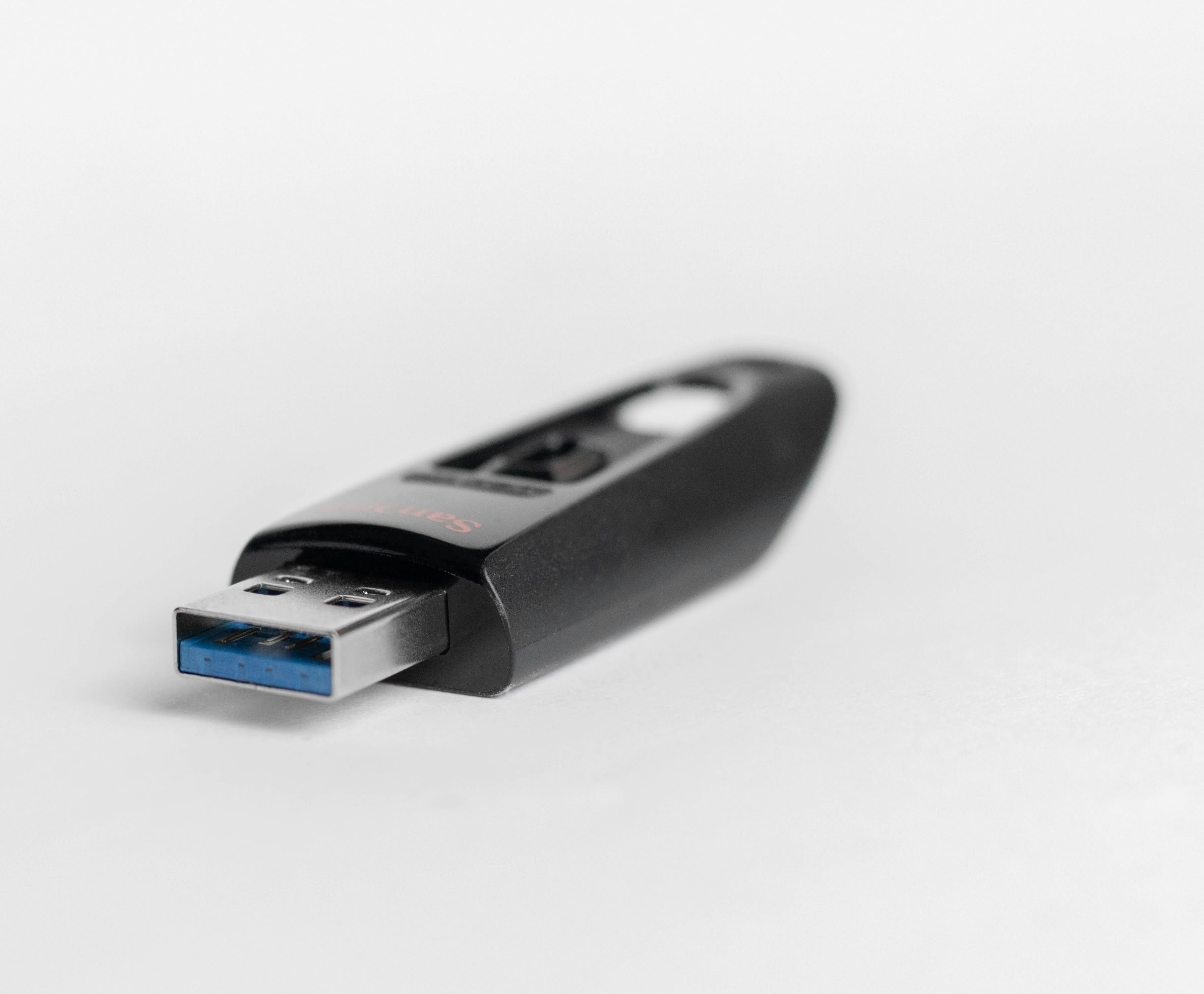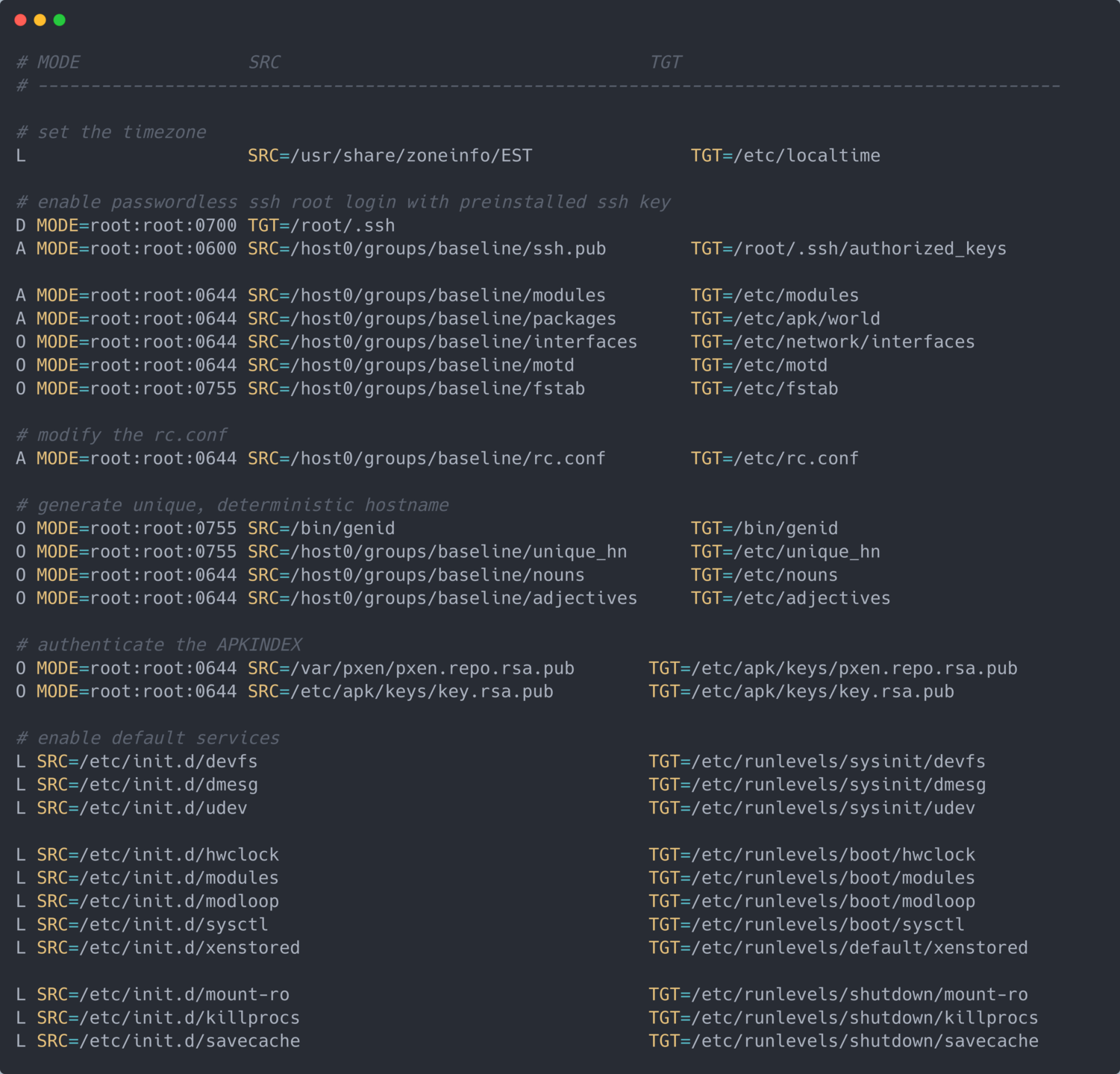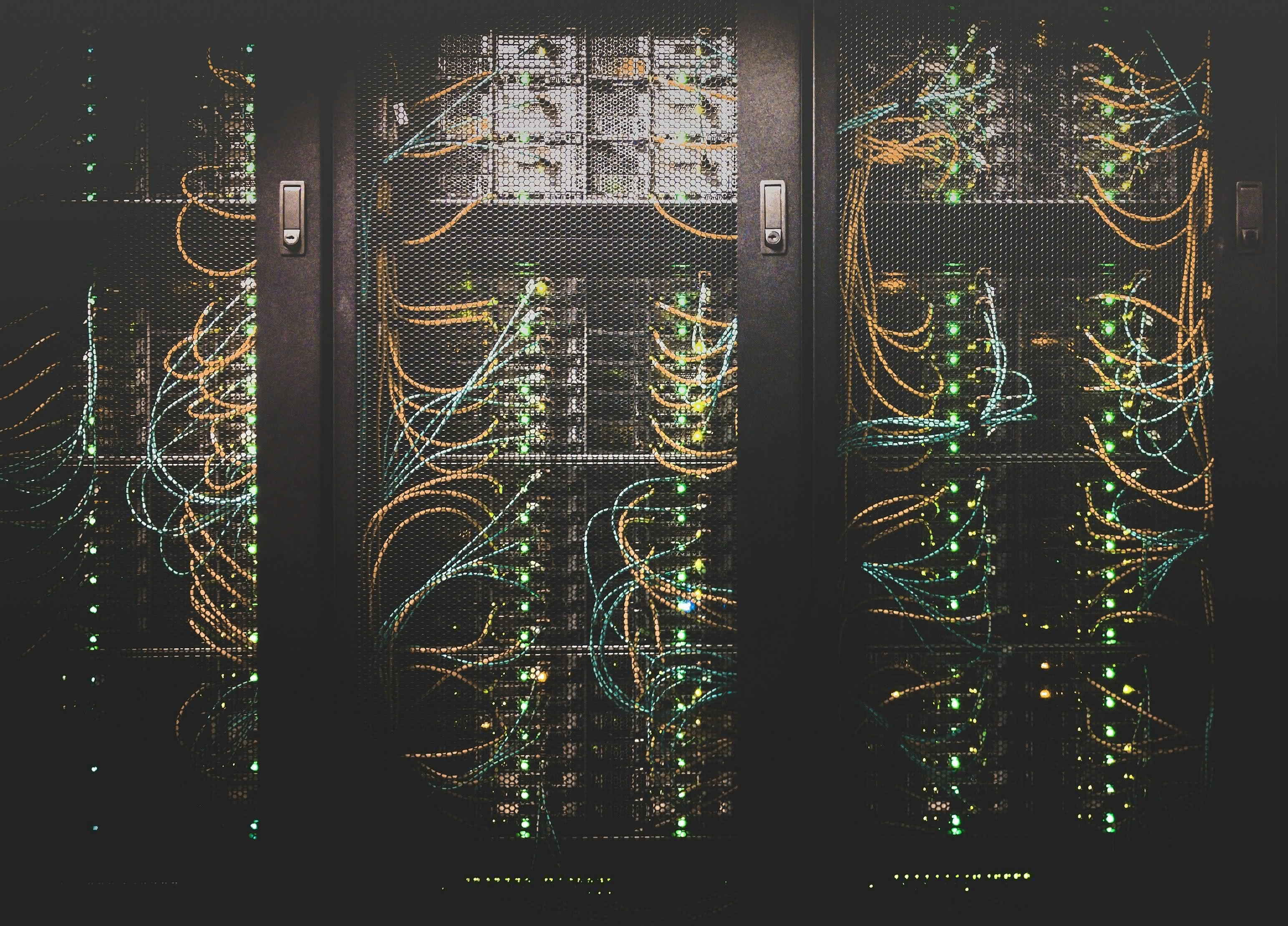Mesh Hypervisor
on-site server infrastructure
simple maintenance · easy scaling · zero configuration drift
15 minute deployment
Bring servers online, fully configured, with no manual steps: from booting the prebuilt USB image to the first server online, initial setup of Mesh Hypervisor takes just 15 minutes.
Scaling on-prem infrastructure is a seamless continuation of the initial deployment with a minimum of overhead or complexity.

PXE booting and hardware ID matching ensure each restart delivers the exact same environment. Make a bad change? Lose track of configuration drift? Reboot to revert to known-good state.
Hardware ID-driven setups guarantee identical configurations across reboots; re-assignable configuration packages make server hardware replacements a breeze.

A centralized orchestration node consolidates control of all physical & virtual machines to a single command-line interface. Complexity stays low even as the system grows: minimal abstraction and an un-opinionated design allow configurations to bend to any use case, from Docker clusters to custom VM setups, and ensures long-term freedom.

Mesh Hypervisor is dual licensed—free for personal use, affordable for organizations, and flexible for product builders.
Free Forever
Run Mesh Hypervisor in your homelab or personal projects at no cost.
$1 / Core / Month
License your on-prem setup. Email us your core count to get started.
Custom Licensing
Integrate Mesh Hypervisor into your product. Contact us for terms.
Need help with Mesh Hypervisor? We offer email, phone, and onsite support—contact us for current pricing and availability.
dd:
wget https://f005.backblazeb2.com/file/meshhypervisor-images/mesh.latest.img.gz -O /tmp/mesh.latest.img.gz
gunzip -c /tmp/mesh.latest.img.gz | dd of=/dev/sdX bs=4M status=progressNotes on the design of a diskless, in-RAM distributed baremetal hypervisor based on Alpine Linux, managed and ultimately hosted by a central orchestration node. Documentation available.
Diskless nodes boot via PXE in under a minute, pulling configs and runtime from the central node over the network. Local disks stay optional—speed and automation rule.
A single Alpine Linux node orchestrates VMs, containers, and bare metal via a lean command-line interface. It’s the lightweight hub tying everything together.
Settings lock to specific hardware IDs, ensuring consistent setups and generating unique, repeatable hostnames per node. Reboots and replacements never stray.
KVM drives virtual machines, while Docker runs containers, both optionally paired with encrypted local RAID when disks are added. Diverse workloads fit seamlessly.
Line-oriented text files in one directory define all settings, keeping changes simple and trackable with version control. No hidden configs muddy the waters.
The central node boots from a flash drive, packing the control layer into a portable, backup-ready unit. Recovery stays fast and painless.
Local storage, if used, supports RAID with encryption keys held on the central node, securing data completely and without complexity.
Bare metal configs layer lightly over Alpine's APKOVL configuration distribution system, using a text file to compile APKOVLs for distribution to individual remote servers.